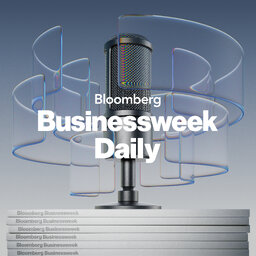Illuminating an Inclusive Path Through Recognition
Michèle Lamont, Professor of Sociology at Harvard University, discusses her book Seeing Others: How Recognition Works and How It Can Heal a Divided World.
Hosts: Tim Stenovec and Simone Foxman. Producer: Paul Brennan.
 Bloomberg Businessweek
Bloomberg Businessweek


